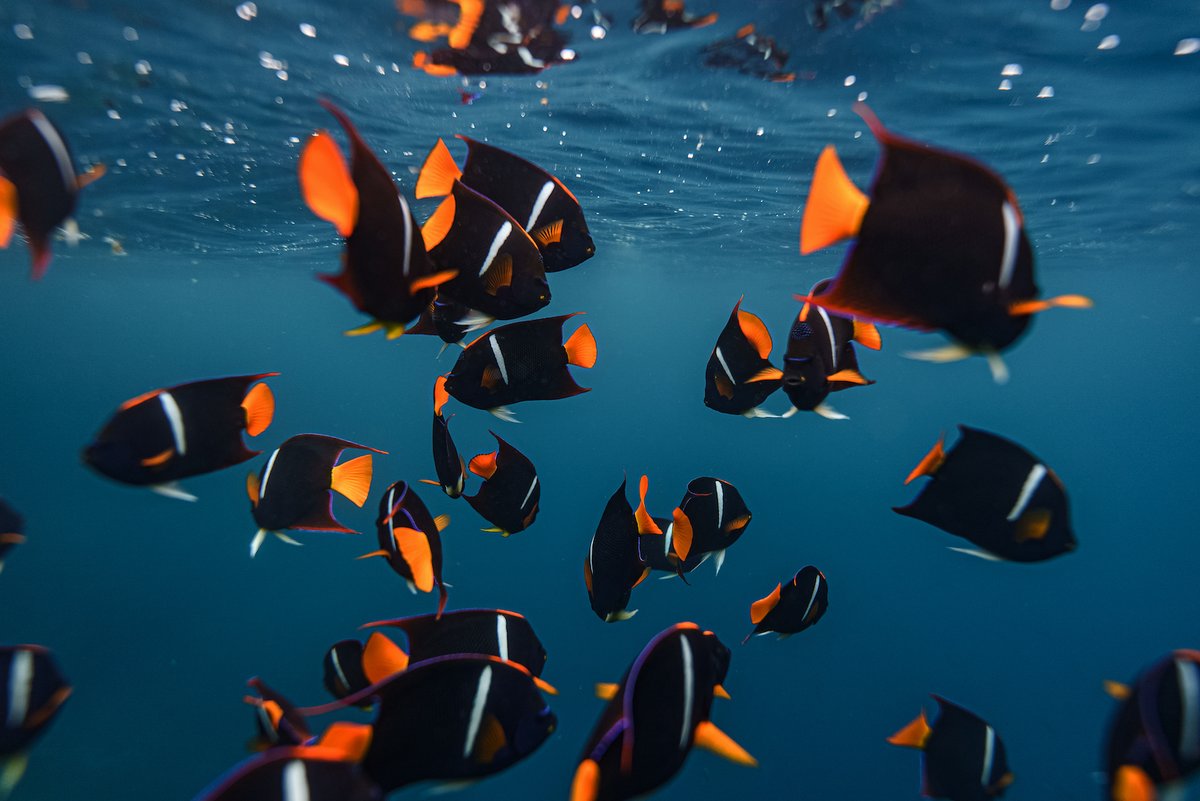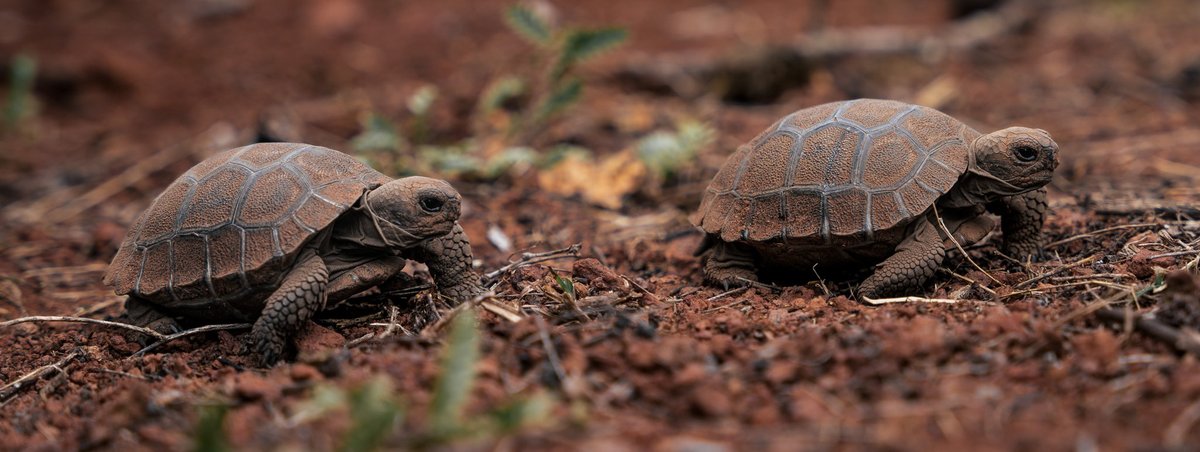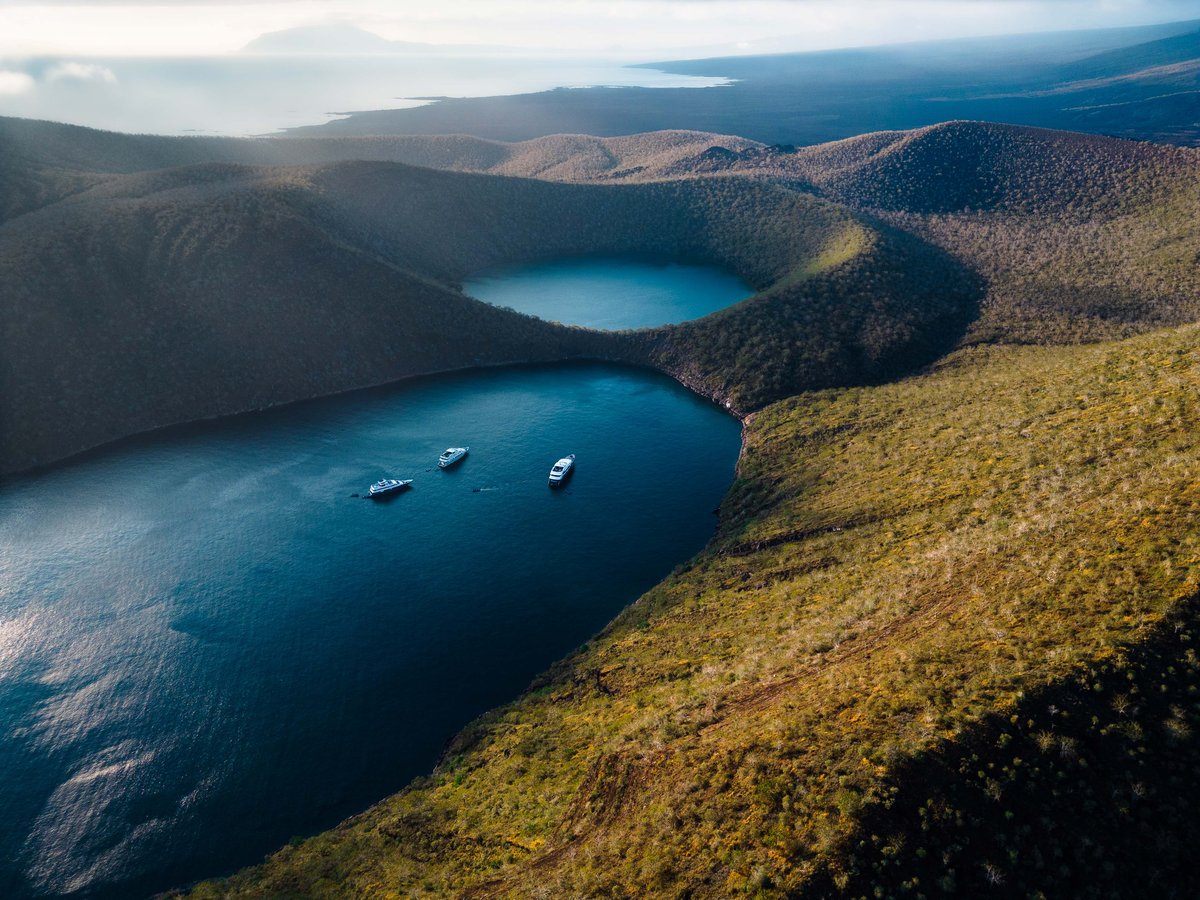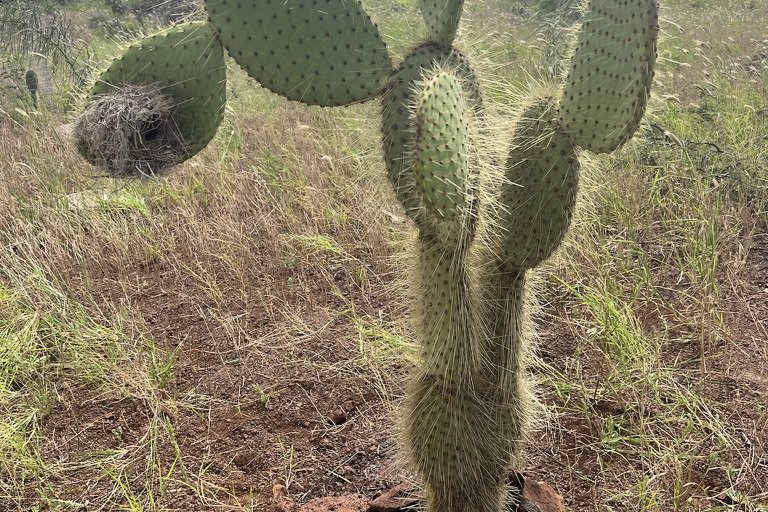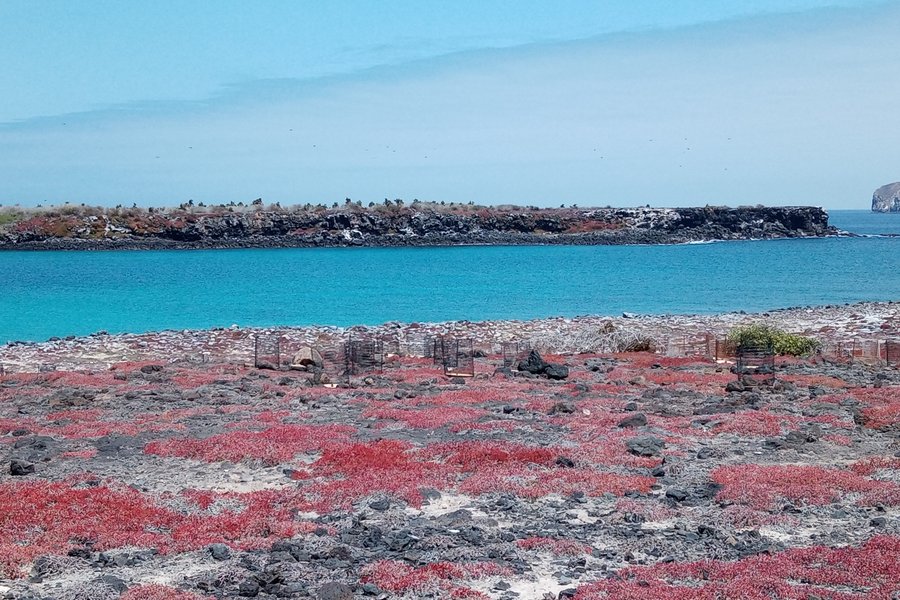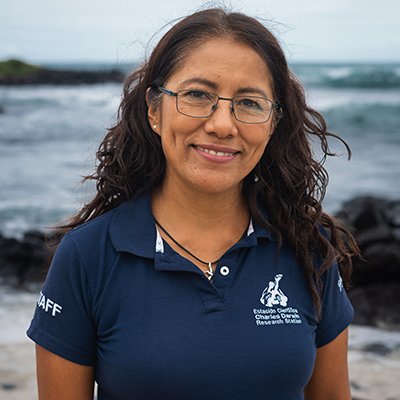
Patricia Jaramillo Díaz
Principal Investigator - Galapagos Verde 2050
Patricia is an Ecuadorian researcher who arrived in Galápagos in 1996 to conduct her doctoral thesis on "Human Impact on the Endemic Flora of the Archipelago." She joined the CDF in 1998 to work on the conservation of threatened species.
Specialized in ecology and conservation biology, Patricia leads research projects on threatened flora, plant-animal interactions, and ecological restoration. Currently, she serves as Senior Researcher, leading CDF’s Galápagos Verde 2050 program focused on ecological restoration, recovery of threatened species, and the assessment of endemic flora according to IUCN categories. She is also the Chief Curator of CDF’s Herbarium.
Patricia also worked as a professor of botany at the Central University of Ecuador, and served for almost a decade as the main coordinator of the CDF's four natural history collections.
As a member of the IUCN Specialist Group on Galápagos Plants (SSC) and the Society for Ecological Restoration (SER), Patricia has been recognized with the Santa Cruz Scientific Merit Medal, as well as awards from institutions such as the California Academy of Sciences, University of Cambridge, and Galapagos Conservation Trust, demonstrating her commitment to research and her contribution to conservation.
Patricia's stories
Patricia's programs
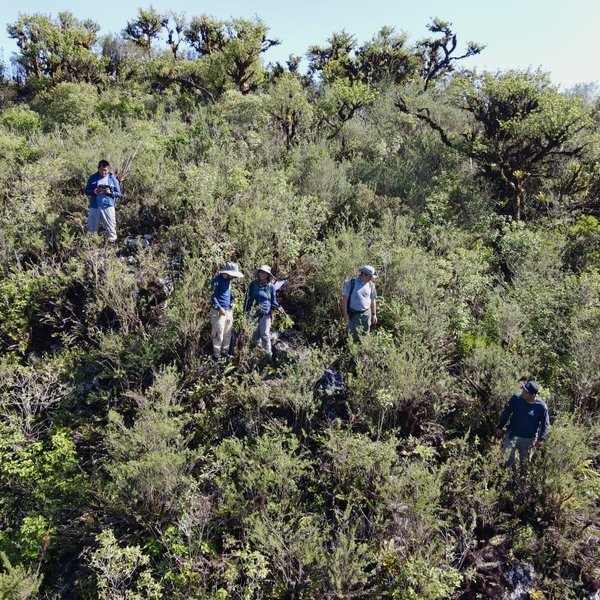
Land
Conservation of threatened plant speciesMore than half of the endemic plant species in Galapagos are currently classified as threatened. The potential loss of these imperiled species not only disrupts ecosystem integrity, but also jeopardizes the survival of iconic native fauna that depend on it. We are updating the IUCN Red List of endangered plant species of Galapagos in order to enable targeted species conservation actions.
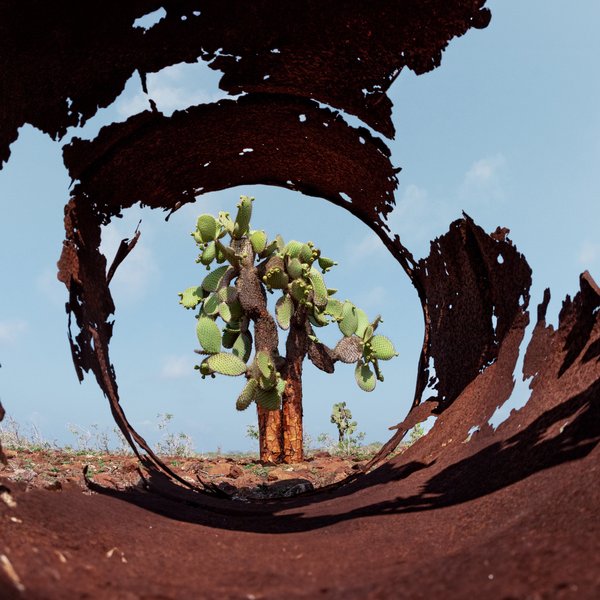
Land
Restoration of Arid ZonesIn Galapagos, 83% of the landmass falls within the arid zone. Restoring plant communities in this zone is challenging and slow, and natural regeneration in severely degraded areas is very limiting. Our scientists work to restore the arid habitat across various islands in the archipelago, notably Baltra Island, which has undergone significant human alteration, and special use sites such as garbage dumps and quarries on inhabited islands.
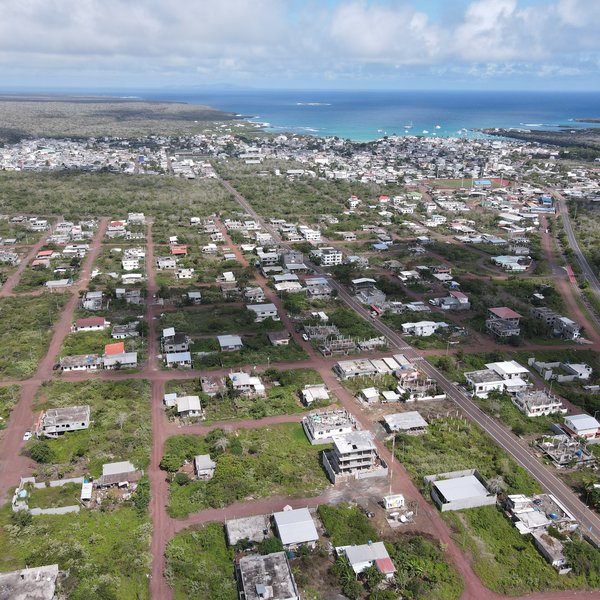
People
Urban and rural restorationWhile a mere 3% of the Galapagos Islands are home to people, our presence in this small fraction of the archipelago has put the native vegetation at risk. Our restoration program in urban and rural areas engages the local community in conservation and restoration efforts to secure the long-term health of these unique ecosystems.

